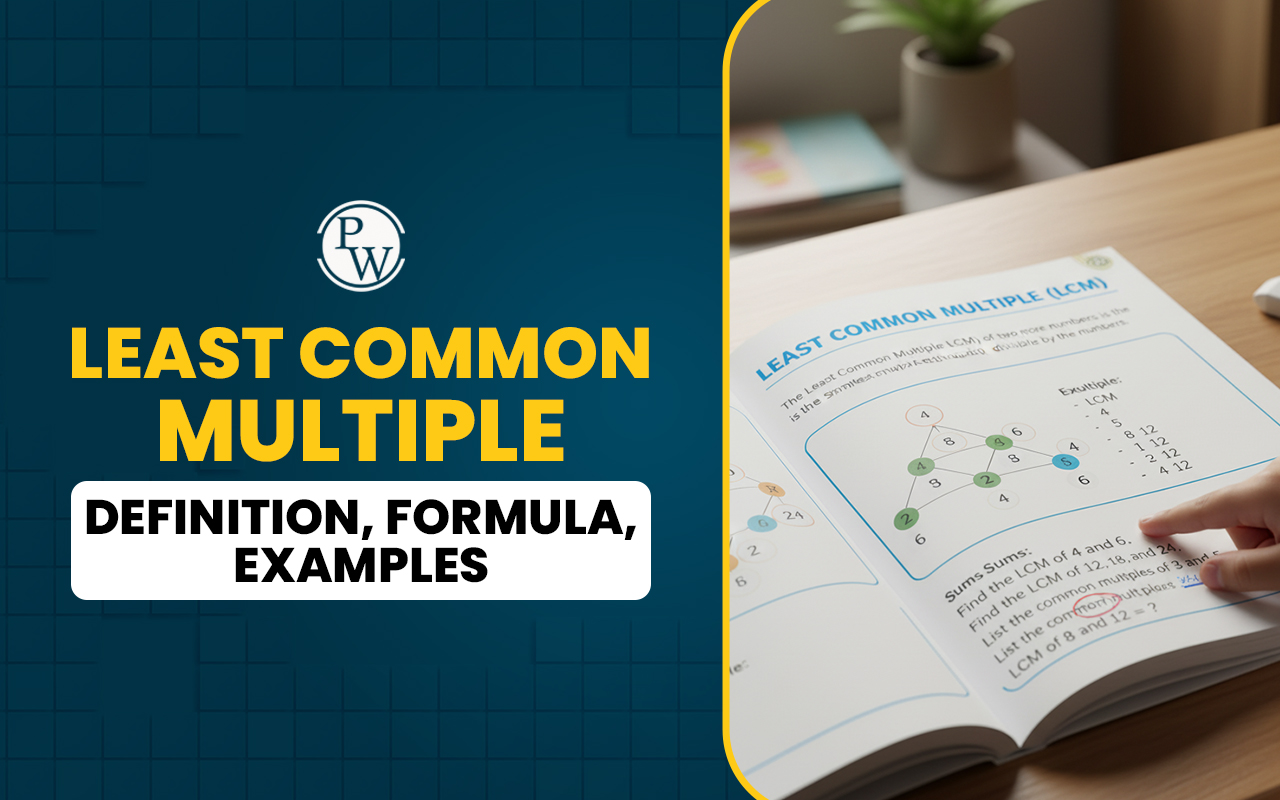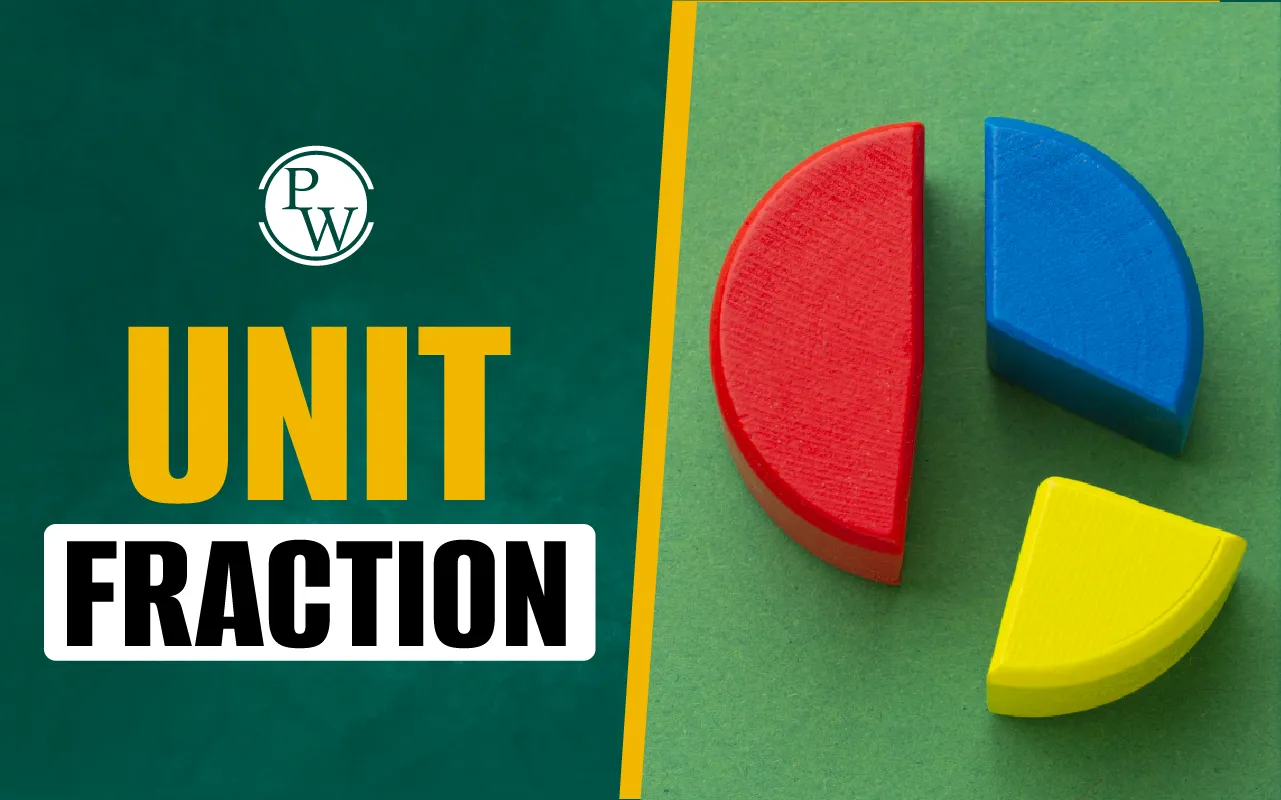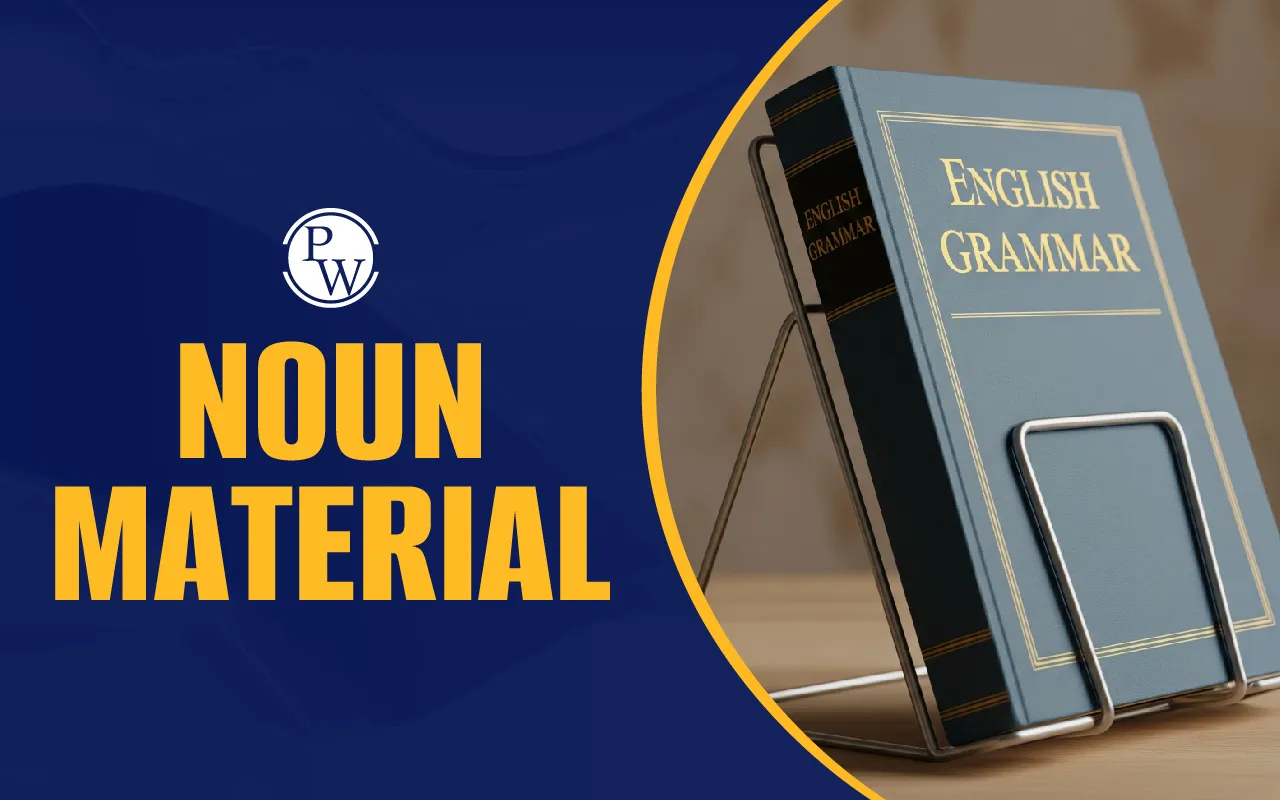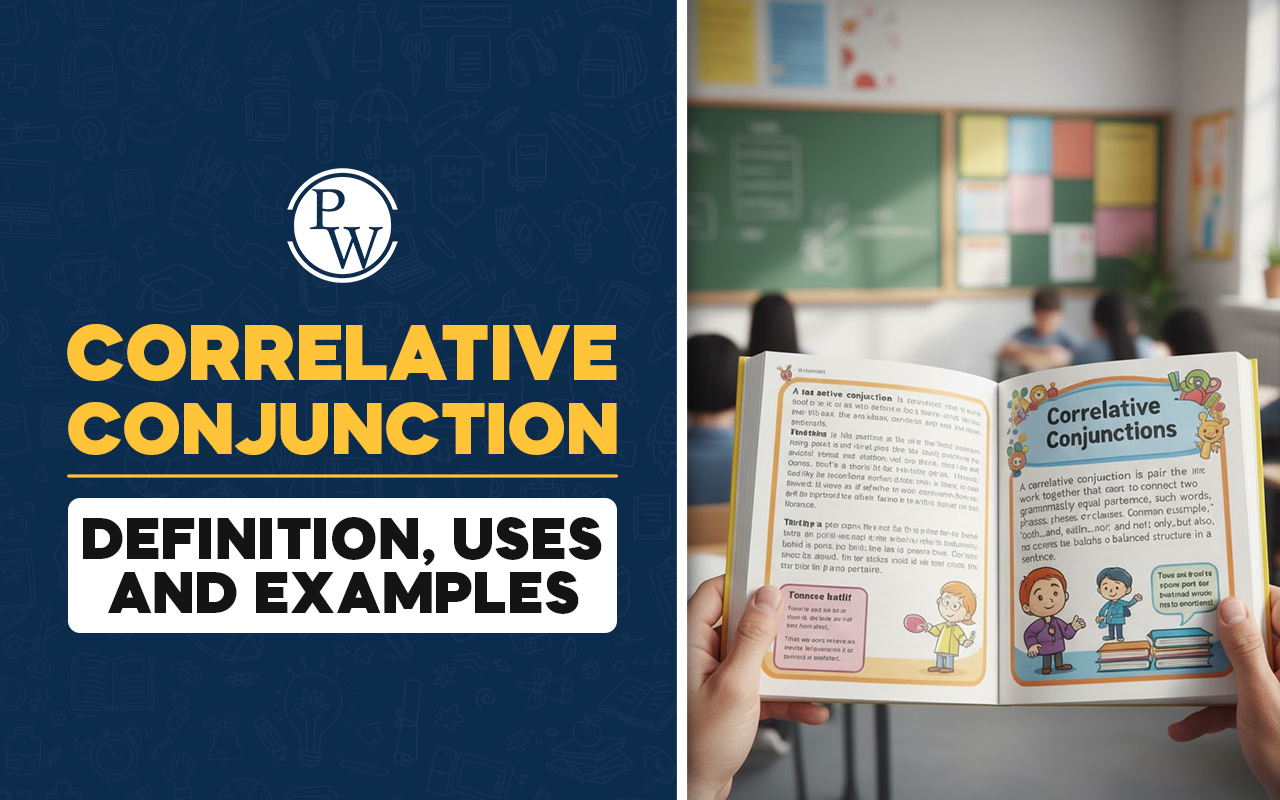
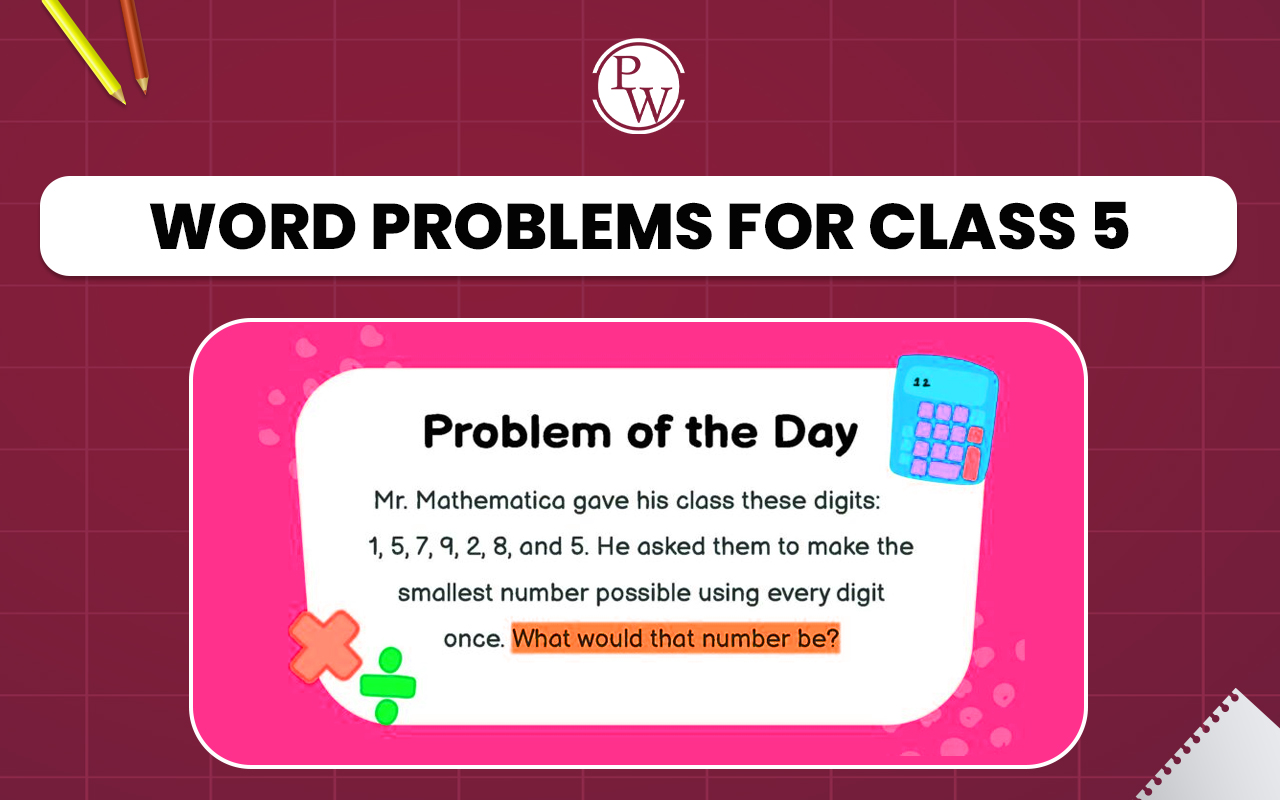
Word Problems for Class 5: Word problems for Class 5 are created to help students apply mathematical concepts to real-life situations, enhancing their problem-solving skills.
These problems typically involve the four fundamental operations: addition, subtraction, multiplication, and division, as well as concepts related to fractions and decimals. Each word problem presents a scenario that requires students to read carefully, extract relevant information and translate it into mathematical equations. For example, a student might face a problem where they need to calculate how many books they can buy with a certain amount of money, or how many hours it will take to complete a task at a specific rate. By practicing these problems, students not only reinforce their understanding of mathematical principles but also learn to approach challenges logically and systematically preparing them for more advanced concepts in mathematics.Read More: CBSE Class 5 Syllabus
What is Word Problem?
A word problem is a mathematical exercise that presents a scenario using everyday language, requiring the reader to interpret the situation and extract the necessary information to formulate a mathematical equation or solution. Unlike straightforward calculations, word problems involve translating verbal descriptions into mathematical terms which can include operations like addition, subtraction, multiplication and division. For example, a word problem might state: "If a farmer has 15 apples and gives away 7, how many apples does he have left?" In this case, the student must identify the numbers involved and the operation needed (subtraction) to arrive at the answer. Word problems are important for developing critical thinking skills, as they encourage students to analyze situations, make connections between math and real life and practice problem-solving strategies.Word Problems on Addition and Subtraction for Class 5
Here are some examples of word problems on Addition and Subtraction suitable for Class 5 students: Example 1: AdditionProblem:
Sarah has 28 marbles. Her friend gave her 15 more marbles. How many marbles does Sarah have now?Solution:
To find the total number of marbles Sarah has now, we add the marbles she already has to the marbles she received from her friend. Total marbles = 28 + 15 = 43Answer: Sarah has 43 marbles now.
Example 2: SubtractionProblem:
A bookstore had 120 books. After selling 45 books, how many books are left in the store?Solution:
To find the remaining books, we subtract the number of books sold from the total number of books. Books left = 120 - 45 = 75Answer: There are 75 books left in the store.
Example 3: Addition and SubtractionProblem:
In a classroom, there are 22 students. 10 more students joined the class. Later, 5 students left the class. How many students are there now?Solution:
First, we find the total number of students after the new students joined: Total students after addition = 22 + 10 = 32 Now, we subtract the students who left: Total students now = 32 - 5 = 27Answer: There are 27 students in the classroom now.
Example 4: Real-Life ScenarioProblem:
Emma baked 50 cookies for a school event. She gave 18 cookies to her friends and sold 20 cookies at the event. How many cookies does she have left?Solution:
First, we find out how many cookies Emma gave away and sold: Total cookies given away and sold = 18 + 20 = 38 Now, we subtract this from the total cookies she baked: Cookies left = 50 - 38 = 12Answer: Emma has 12 cookies left.
Read More: Vocabulary Words
Word Problems on Multiplication and Division for Class 5
Here are some examples of word problems on multiplication and division suitable for Class 5 students: Example 1: MultiplicationProblem:
A farmer has 15 rows of apple trees, and each row has 12 trees. How many apple trees does the farmer have in total?Solution:
To find the total number of apple trees, we multiply the number of rows by the number of trees in each row. Total apple trees = 15 × 12 = 180Answer: The farmer has 180 apple trees.
Example 2: DivisionProblem:
There are 64 candies that need to be distributed equally among 8 children. How many candies will each child receive?Solution:
To find the number of candies each child receives, we divide the total number of candies by the number of children. Candies per child = 64 ÷ 8 = 8Answer: Each child will receive 8 candies.
Example 3: Multiplication and DivisionProblem:
A book has 240 pages. If a student reads 15 pages each day, how many days will it take him to finish reading the book?Solution:
To find the number of days required to finish the book, we divide the total number of pages by the number of pages read per day. Days to finish the book = 240 ÷ 15 = 16Answer: It will take the student 16 days to finish reading the book.
Example 4: Real-Life ScenarioProblem:
A toy factory produces 45 toys every hour. If the factory operates for 8 hours a day, how many toys does it produce in a day?Solution:
To find the total number of toys produced in a day, we multiply the number of toys produced per hour by the number of hours the factory operates. Total toys produced = 45 × 8 = 360Answer: The factory produces 360 toys in a day.
Example 5: GroupingProblem:
A box contains 120 chocolates, and they need to be packed into smaller boxes, with each smaller box holding 10 chocolates. How many smaller boxes are needed?Solution:
To find the number of smaller boxes needed, we divide the total number of chocolates by the number of chocolates each smaller box can hold. Number of boxes needed = 120 ÷ 10 = 12Answer: 12 smaller boxes are needed.
Read More: Maths Puzzles
Fraction Word Problems for Class 5
Here are some examples of fraction word problems suitable for Class 5 students:Problem 1
Rina has a chocolate bar. She gives 1/4 of it to her friend, 1/3 to her brother, and keeps the rest for herself. What fraction of the chocolate bar does Rina keep?Solution:
First, find the total fraction given away. The LCM of 4 and 3 is 12. 1/4 = 3/12, 1/3 = 4/12 Total given away: 3/12 + 4/12 = 7/12 Fraction Rina keeps: 1 - 7/12 = 5/12Answer: Rina keeps 5/12 of the chocolate bar.
Problem 2
A gardener waters 3/5 of the plants in the morning and 1/4 of the plants in the evening. What fraction of the plants does the gardener water altogether?Solution:
The LCM of 5 and 4 is 20. 3/5 = 12/20, 1/4 = 5/20 Total watered: 12/20 + 5/20 = 17/20Answer: The gardener waters 17/20 of the plants.
Practice Word Problems for Class 5
Read More: Composite Numbers
Tips and Tricks to Solve Word Problems for Class 5
Read the Problem Carefully: Read the entire problem at least twice. Make sure you understand what is being asked before attempting to solve it.
Identify Key Information: Highlight or underline important numbers, keywords, and phrases. Look for quantities, operations (addition, subtraction, multiplication, division) and relationships.
Break It Down: Break the problem into smaller parts or steps. This makes it easier to manage and understand. Focus on one step at a time.
Use Keywords to Determine Operations: Certain keywords can indicate which mathematical operation to use:
- Addition : total, sum, together, in all
- Subtraction : difference, less, remaining, how many more
- Multiplication : times, product, total of groups
- Division : per, each, out of, split, shared
Write an Equation: Translate the word problem into a mathematical equation. This helps in visualizing the problem mathematically.
Practice Regularly: Regular practice with different types of word problems will enhance problem-solving skills and build confidence.
Use Estimation: Before solving, estimate what the answer should be. This can help verify if your final answer is reasonable.
Discuss with Others: Sometimes explaining the problem to a friend or teacher can provide new insights or different approaches to the solution.
Stay Calm and Patient: If you get stuck, take a deep breath and don’t rush. Approach the problem calmly and try different strategies.
Learn from Mistakes: If you make an error, review the problem to understand where you went wrong. This is an important part of the learning process.
Join Kids Online Tuition Classes Now !!
Word Problems for Class 5 FAQs
What is a word problem?
Why are word problems important?
What types of operations are commonly used in word problems?
How can I improve my skills in solving word problems?

